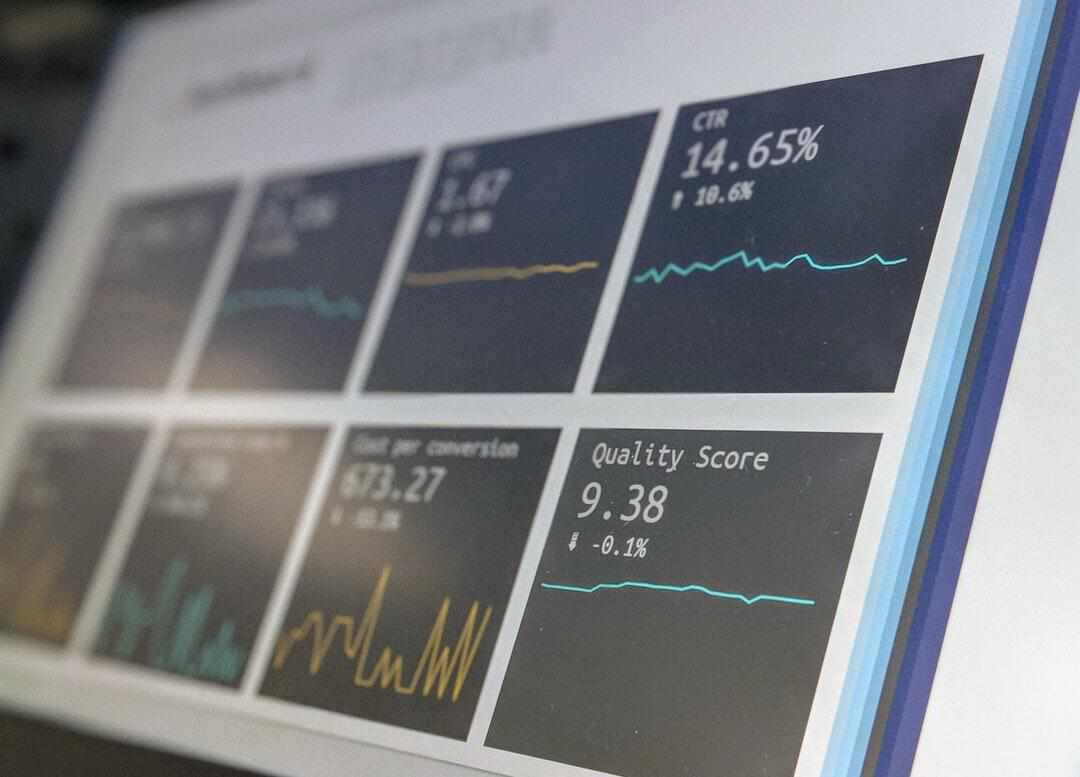Are you ready to master the art of crafting a data analysis report? In today’s data-driven world, turning raw data into actionable insights is crucial.
This guide is your roadmap to achieving that transformation. Discover the strategies top analysts use to make data compelling.
Understand your audience and communicate effectively to boost your impact. Learn how to present data in visually appealing ways that speak volumes.
Enhance your data storytelling skills and influence decision-makers effortlessly. Dive into the ultimate guide to stand out in data reporting. Read on!
Understand the Purpose of the Report
Before diving into the data, it’s crucial to define the report’s purpose. Ask yourself, why is this report being created? What decisions need to be made based on this data?
By having a clear objective, you’ll be able to focus your analysis and select the most relevant data. Whether it’s improving processes, enhancing productivity, or driving growth, understanding the report’s purpose will shape its structure and content.
Choose the Right Data
Not all data is relevant to every report. The next step is selecting the data that matters most to your audience and aligns with the report’s purpose. Overloading a report with too much information can lead to confusion while providing too little can leave gaps.
Focus on key metrics, trends, and findings that directly impact the decisions at hand. For example, in business operations, AI-powered Supply Chain Analytics can provide critical insights into efficiency and cost savings.
Organize the Report for Clarity
Once you’ve selected the data, the next step is to organize it logically. Start with an introduction that explains the goal of the report, followed by sections that break down each major finding.
Be sure to group related data and present it in a flow that builds a story. For instance, start with an overview, move on to an in-depth analysis, and conclude with recommendations.
Visualize Data Effectively
Data visualization is super important for creating an effective analysis report. Using charts, graphs, and tables can simplify complex data and make it easier to understand.
Visuals also help show key trends and patterns that might be missed in long texts. Make sure to pick the right type of visual: bar charts are great for comparisons, line graphs show trends and pie charts help with proportions.
Keep the Language Simple
Even if the report has a lot of data, it’s important to use simple and clear language. Try not to use too much jargon or complex terms, especially if the report is meant for people who aren’t technical. The aim is to share insights, not to confuse anyone.
Provide Actionable Recommendations
The best AI analytics reports do more than just show numbers; they also give useful advice and suggestions. After looking at the data, it’s important to recommend straightforward next steps based on what you found. This could mean changing marketing plans, improving how things run, or looking into new technology.
Transform Your Business with a Data Analysis Report
Supply chain analytics are more than just a list of numbers; they are also useful for planning. For actionable insights, it connects raw data with clear suggestions.
Understanding the report’s purpose and audience is important when writing it. A well-organized and visually appealing report is easier to understand and has more of an impact.
Clear communication depends on using simple language. Ultimately, a well-done data analysis report can largely affect how decisions are made and how businesses change.
Did you like this guide? Great! Please browse our website for more!

